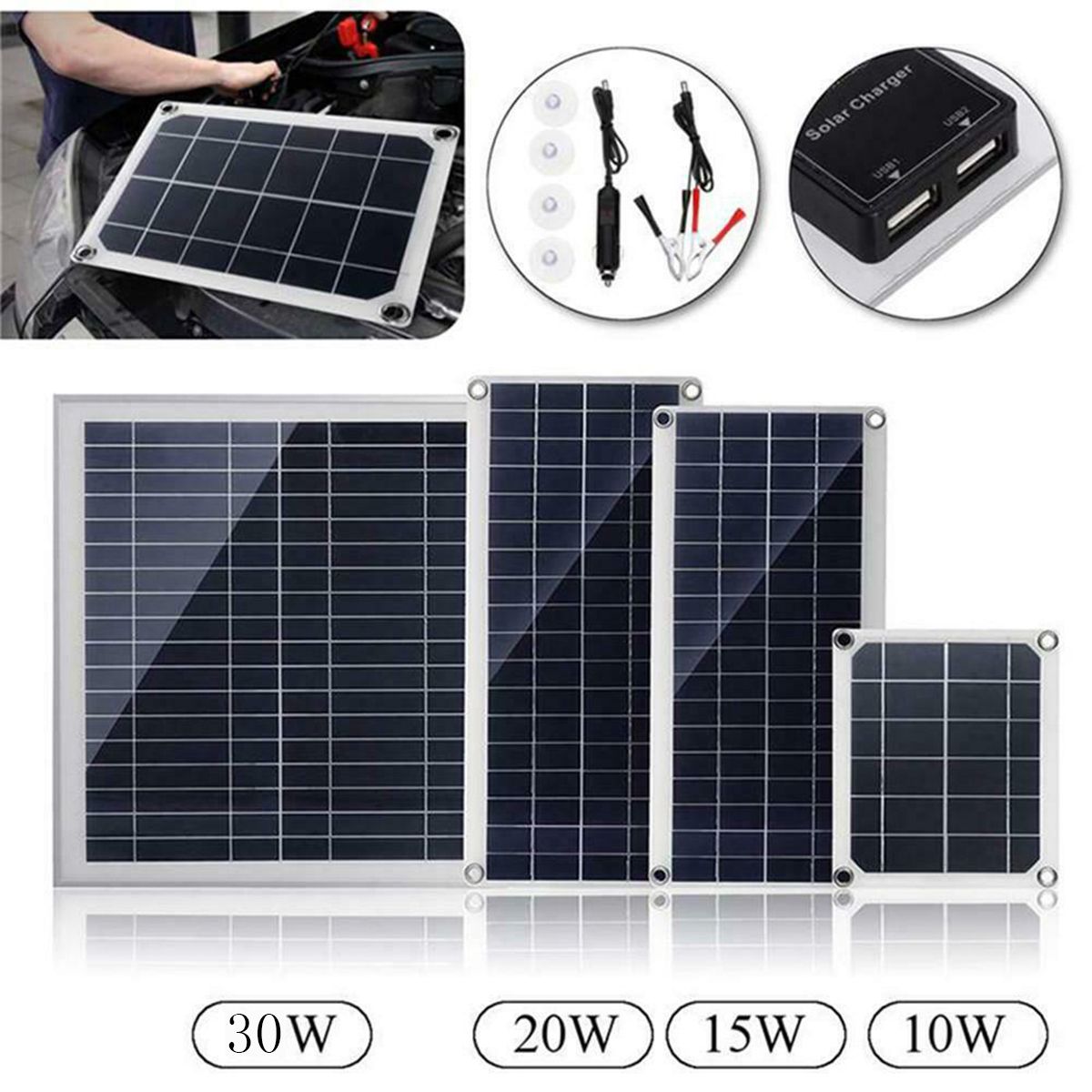Difference Between Polycrystalline Solar Panels Monocrystalline

Monocrystalline solar panels have solar cells made from a single crystal of silicon while polycrystalline solar panels have solar cells made from many silicon fragments melted together.
Difference between polycrystalline solar panels monocrystalline. It is mainly used in large scale commercial applications. Polycrystalline panels have about 13 to 16 efficiency while monocrystalline panels have an efficiency rate of anywhere from 15 to 20. However it is for you to decide on a good brand. The key difference between monocrystalline and polycrystalline solar panels is that comparatively the monocrystalline solar panels are black in color and are more efficient and durable whereas polycrystalline solar panels are blue in color and are less efficient and less durable.
The solar cells of both monocrystalline and polycrystalline cells are made from silicon but are made differently. The solar cells of monocrystalline panels have a single crystal of silicon. Monocrystalline solar panels comprise of silicon as a single crystal. Thin film technology costs less than mono or poly panels but is also less efficient.
The main difference between the two technologies is the type of silicon solar cell they use. On the other hand polycrystalline panels are included in many fragments of silicon melted together. Manufacturers use silicon in making solar panels. Polycrystalline solar panels will appear somewhat differently in terms of color.
Whereas the solar cells of polycrystalline panels have multiple silicon fragments. The typical polycrystalline panel will have a bluer shade while the monocrystalline panel will be darker black in color. The solar panels monocrystalline and polycrystalline are both important. If the color of your solar roof matters to you you should know that monocrystalline vs.
Monocrystalline solar cells use a purer form of silicon formed from a single crystal that s why it s mono crystalline. Monocrystalline solar cells are more efficient because they are cut from a single source of silicon.
















































